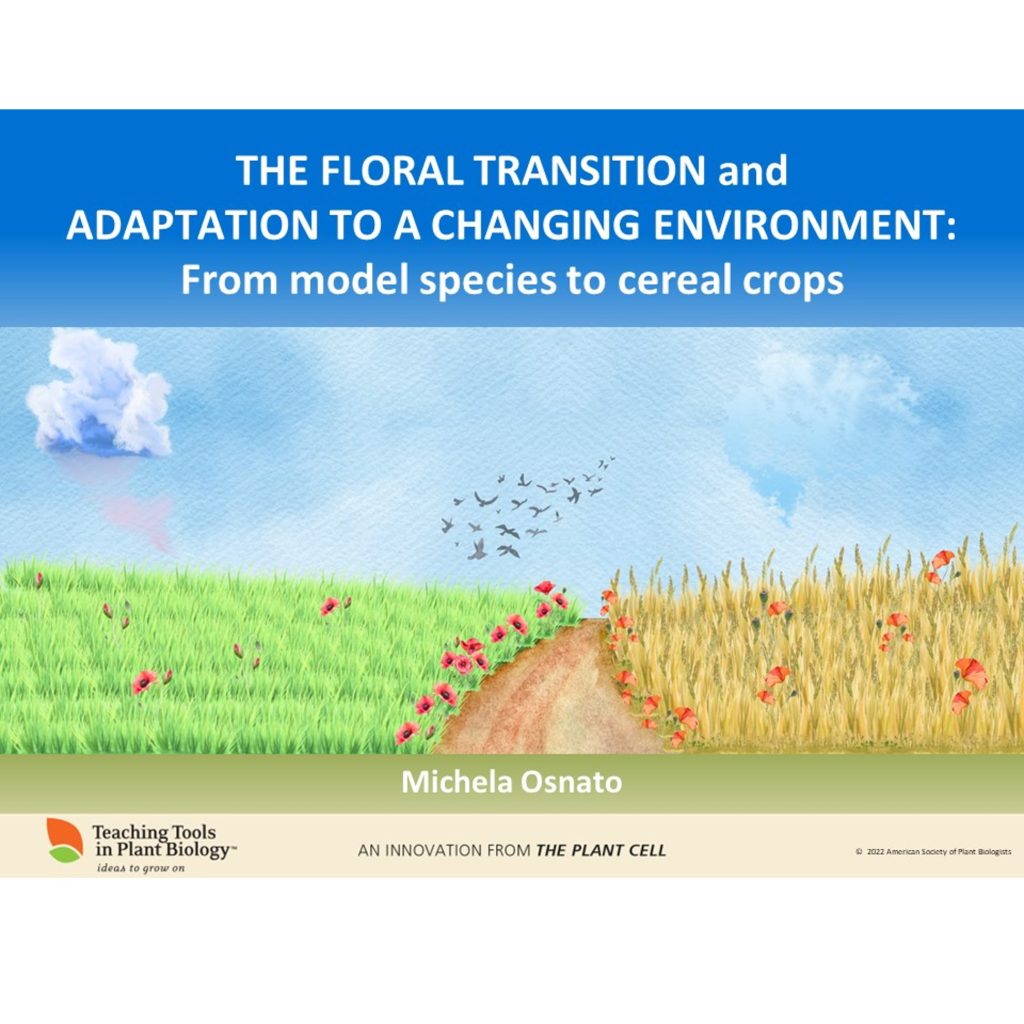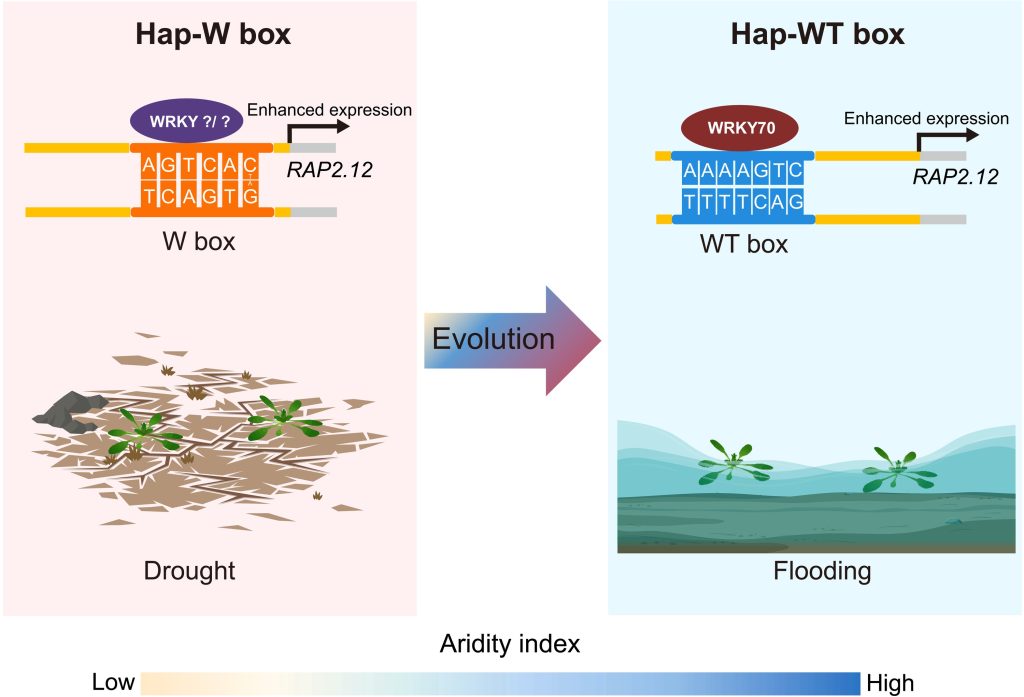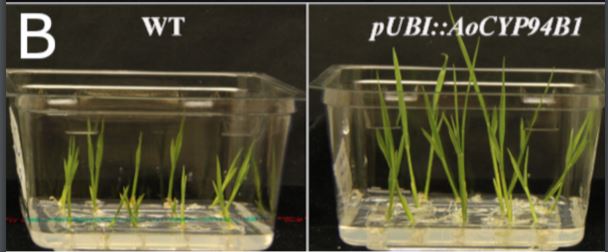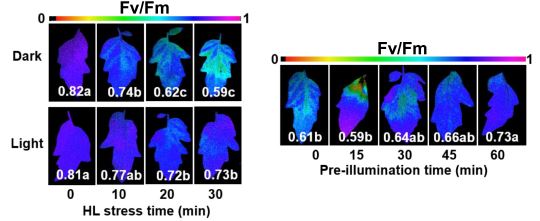
New Teaching Tool, “The Floral Transition and Adaptation to a Changing Environment: from Model Species to Cereal Crops"
Blog, The Plant Cell, The Plant Cell: NewsMeet the newest member of the Teaching Tools in Plant Biology family, The Floral Transition and Adaptation to a Changing Environment: from Model Species to Cereal Crops, by Michela Osnato. Freely available in the November 2022 issue of The Plant Cell. You can download the resources here, from the supplemental…

Review. Defining biodiverse reforestation: Why it matters for climate change mitigation and biodiversity (PPP)
Plant Science Research WeeklyBiodiversity contributes to thriving, healthy ecosystems that are essential for climate tolerance, improving water quality and habitat structure. As time goes on, there is increasing pressure to address climate change concerns worldwide, with one possible climate change mitigation approach being reforestation…

Allelic shift in cis-elements of the transcription factor gene RAP2.12 underlies adaptation associated with humidity in Arabidopsis thaliana (Science Adv)
Plant Science Research WeeklyTo better understand plant responses to different environments, Lou et al. compared Arabidopsis thaliana accessions derived from Sichuan (high precipitation/regular flooding) and Tibet (arid) to isolate genetic adaptations towards flooding stress. The two accessions showed divergent phenotypes: the Sichuan…

URM Plant Scientist Highlights - Dawn Nagel (she/her)
BlogDawn Nagel (she/her) is an Assistant Professor of Genetics and Genomics in the Department of Botany and Plant Sciences at UC Riverside. She has been a faculty member at UCR since 2016. Dawn was born and raised in Guyana as the youngest of three children. As an undergraduate, she studied general biology…

URM Plant Scientist Highlights - Thelma Madzima (she/her)
BlogDr. Thelma Madzima (she/her) is one of very few Black faculty in the USA who are plant molecular biologists. Originally from Zimbabwe, Thelma immigrated to the US at the age of 17 to attend college. She received her B.S. in Plant Science and Plant Biotechnology from Fort Valley State University, a historically…

Maintaining membrane integrity in the face of abiotic stress
The Plant Cell: In a NutshellRuiz-López & Pérez-Sancho et al describe a mechanism that control the homeostasis of diacylglycerol at the plasma membrane in plants after abiotic stress. Plant Cell. https://doi.org/10.1093/plcell/koab122
Miguel Ángel Botella Mesa – IHSM-UMA-CSIC, Málaga, Spain
Jessica Pérez Sancho…

How a Mangrove tree can help to improve the salt tolerance of Arabidopsis and Rice
Blog, Plant Physiology, Plant Physiology: News and Views, ResearchAffiliation: University of Melbourne
ORCiD: 0000-0001-5092-6168
email: [email protected]
Mangrove trees live and thrive in intertidal zones, where they are regularly inundated with salt water. To survive such harsh environmental conditions, they have evolved several features to improve…

The fat of the land: cuticle formation in terrestrial plants
Blog, Plant Physiology, Plant Physiology: News and Views, ResearchMadeleine Seale
Department of Plant Sciences, University of Oxford, South Parks Road, Oxford, OX1 3RB, United Kingdom
[email protected]
ORCID: 0000-0002-8924-3943
In a world surrounded by a vast expanse of gaseous air, water is constantly evaporating from aqueous sources…

A high-five for high light protection
Blog, Plant Physiology, Plant Physiology: News and Views, ResearchKasper van Gelderen
Utrecht University
[email protected]
Plants cannot live without light, but they also cannot live with too much light. Beyond a certain threshold, a high light intensity will damage the photosynthetic apparatus directly. Furthermore, high light leads to the production of reactive…

